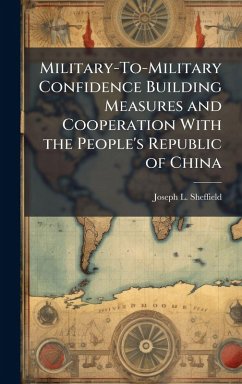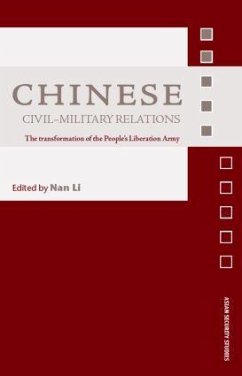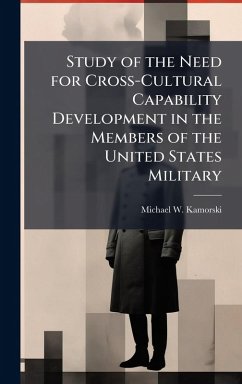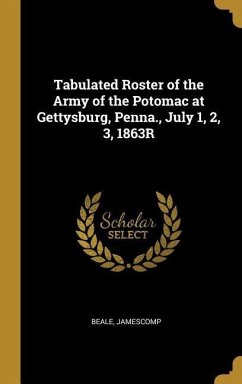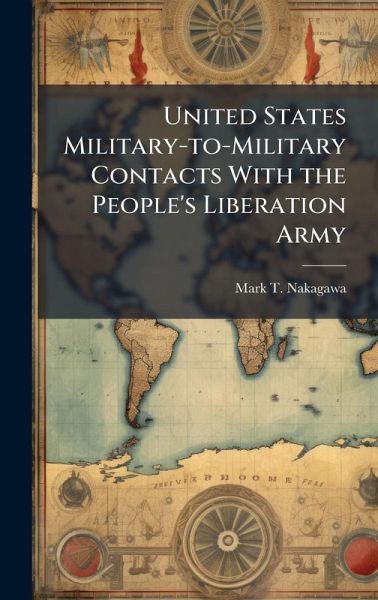
United States Military-to-Military Contacts With the People's Liberation Army
Versandkostenfrei!
Versandfertig in über 4 Wochen
27,99 €
inkl. MwSt.
Weitere Ausgaben:

PAYBACK Punkte
14 °P sammeln!
The growth and importance of the People's Republic of China (PRC) necessitates that the United States foster a relationship that ensures a stable, prosperous, and peaceful Asia-Pacific region. Given the status and role that the People's Liberation Army (PLA) takes in the PRC, military-to-military contact between the United States Armed Forces and the PLA is vital. Mirroring the political tides between the two countries--from the establishment of diplomatic relations in 1979 to the halting of military-to-military contacts after the Belgrade Embassy bombing in 1999 and EP-3 incident in April 200...
The growth and importance of the People's Republic of China (PRC) necessitates that the United States foster a relationship that ensures a stable, prosperous, and peaceful Asia-Pacific region. Given the status and role that the People's Liberation Army (PLA) takes in the PRC, military-to-military contact between the United States Armed Forces and the PLA is vital. Mirroring the political tides between the two countries--from the establishment of diplomatic relations in 1979 to the halting of military-to-military contacts after the Belgrade Embassy bombing in 1999 and EP-3 incident in April 2001-- military-to-military contact is slowly growing again. The purpose and intent of the contacts are to foster access and understanding. Weak reciprocity and inadequate transparency by the PLA are issues that hamper relations. Information about the efficacy of military-to-military contact with the PLA is difficult to gather, thus this analysis draws on analogous experiences from previous contact programs with the Soviet Union and Indonesia to argue that the contact programs can foster behavior supporting U.S. interests. The thesis concludes with recommendations to improve the contact programs between the U.S. Armed Forces and the PLA. This work has been selected by scholars as being culturally important, and is part of the knowledge base of civilization as we know it. This work was reproduced from the original artifact, and remains as true to the original work as possible. Therefore, you will see the original copyright references, library stamps (as most of these works have been housed in our most important libraries around the world), and other notations in the work. This work is in the public domain in the United States of America, and possibly other nations. Within the United States, you may freely copy and distribute this work, as no entity (individual or corporate) has a copyright on the body of the work. As a reproduction of a historical artifact, this work may contain missing or blurred pages, poor pictures, errant marks, etc. Scholars believe, and we concur, that this work is important enough to be preserved, reproduced, and made generally available to the public. We appreciate your support of the preservation process, and thank you for being an important part of keeping this knowledge alive and relevant.






